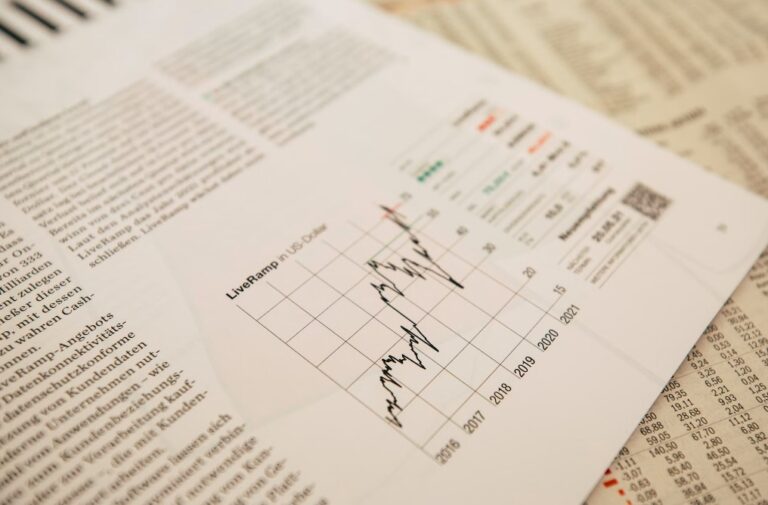If you have recently approached the reality of the world of investments, you have probably come across new terms that you have never heard before.
Many people, however, do not ask the meaning of what they don’t know, partly out of shyness, partly out of fear of making a bad impression, thus sometimes not being able to follow some conversations.
For this reason we decided to collect and translate some terms used in the jargon of the investment world.
Table of Contents
Asset class
An asset class is a collection of investments with similar characteristics, subject to similar market forces, laws and regulations. Some examples of asset classes could be shares, monetary securities based on the underlying instruments, or ETFs.
Backtesting
When developing an investment strategy, it is common to apply it to a series of historical data in order to understand how it would have performed in the past under various market conditions. This process is called backtesting and has the aim of testing the degree of success of a strategy.
Bid-Ask spread
The bid-ask spread, also simply called the spread, is the difference between the offer price of an asset, called the ask price, and the price that anyone wishing to buy it is willing to pay, i.e. the bid price. The higher the spread of a security, the fewer trades that take place on the security and therefore the lower the market liquidity.
Capital gain
The term capital gain refers to the positive difference between the purchase price of an asset and the sale price. When the sale operation produces capital gain, the term capital gain is used to indicate an increase in the value of the asset involved.
Drawdown
It is the term used to indicate the loss that an investor may incur based on the past statistical performance of an asset.
It is a risk indicator of the asset or investment strategy and represents the maximum loss accrued, in the analysis period, compared to the peak value recorded. If, for example, a stock had a peak value of 10 but subsequently dropped to 5, the drawdown is 50%.
Exchange rates
The exchange rate is the exchange rate between the currencies of two countries, that is, it indicates the value of one currency compared to the other.
Fiat money
By fiat money, or fiat currency, we mean a currency with no intrinsic value declared as legal tender by a government. The euro, dollar and pound are examples of fiat currencies.
Flat tax
A flat tax is a system under which all taxpayers pay taxes at the same percentage of their total income.
Active entry
We talk about active entry when the investor must make a multiplicity of continuous decisions over time in order to obtain a profit. Therefore an active investment must be monitored often and requires time and energy.
In some cases, an active entry may involve actions or activities to be carried out. You can also hear about active management, more likely in the field of investment funds, and it is a term that indicates continuous attention on the part of those who manage the fund.
Passive entry
A passive investment is a type of investment that requires limited management and can still achieve the planned results. They are usually long-term investments that require little time and energy, but large capital.
Holding period
The term holding period refers to the time during which an investor holds a particular asset.
Leverage
It is a technique that amplifies investors’ profits or losses. It is a term commonly used to describe the use of borrowed money to magnify profit potential (leverage).
OPA
A public takeover offer means a public declaration by a natural or legal person, addressed to the shareholders of a listed company, in which they express their willingness to be willing to buy the shareholders’ securities at a price higher than the stock market price.
It is usually carried out with the aim of acquiring or strengthening one’s control over the company in question, called the target company.
Risk on
The term Risk on is used when a market appears to be optimistic and profitable so investors tend to shift their attention towards market assets that are riskier, but which can offer high returns.
Risk off
The term Risk off is used when the future prospects of a market suggest caution. This condition is characterized by the presence of strong tensions of an economic, political or financial nature. During this phase, the typical phenomenon of flight to quality can also occur, i.e. the movement of liquidity towards activities that have a lower risk profile.












